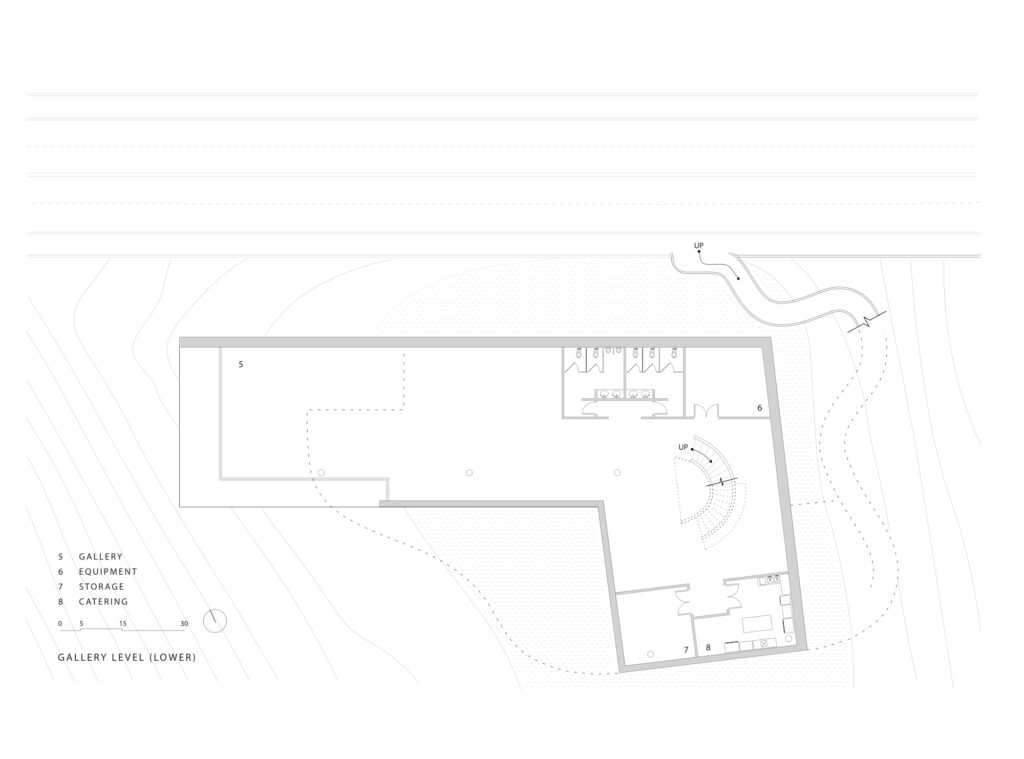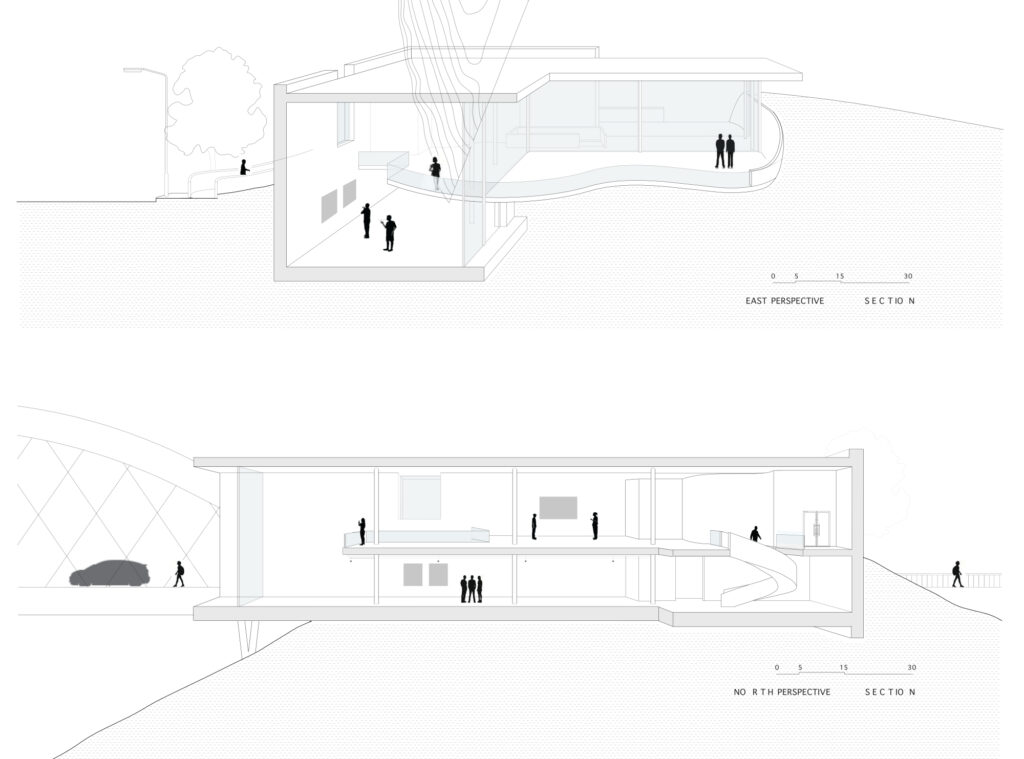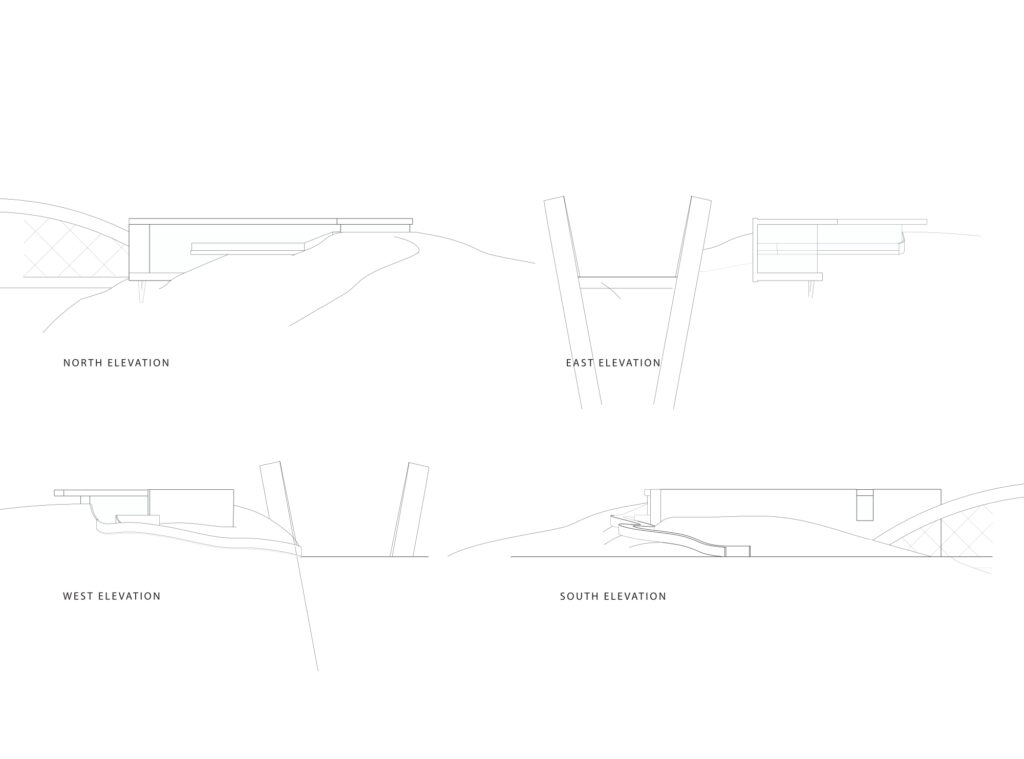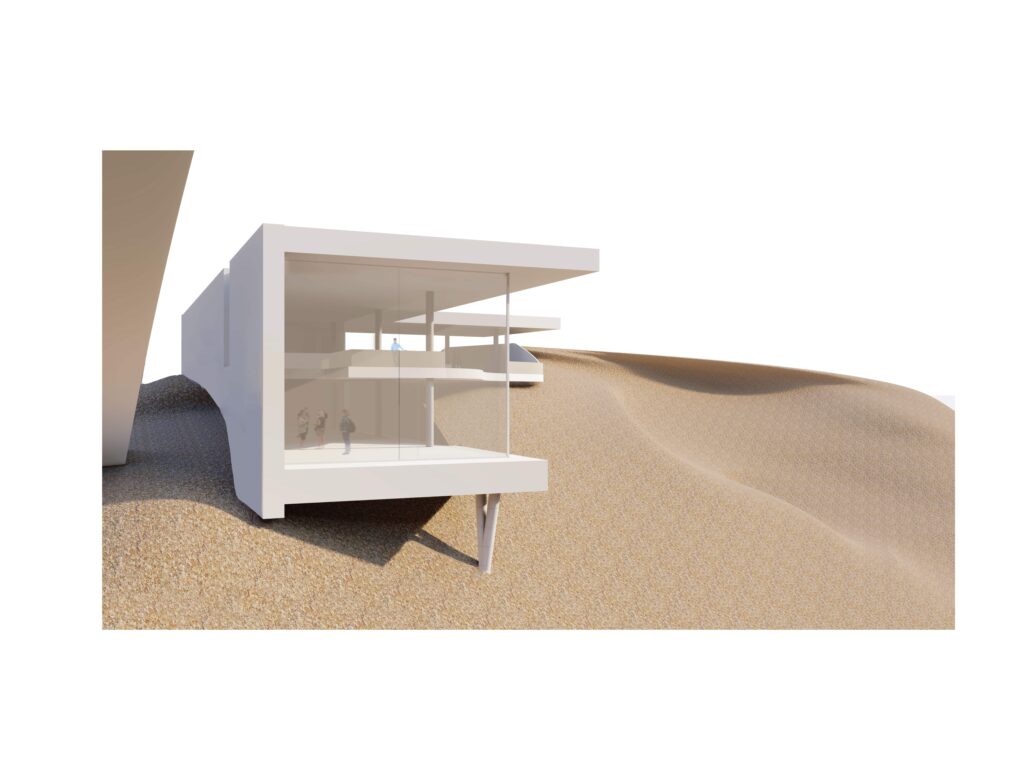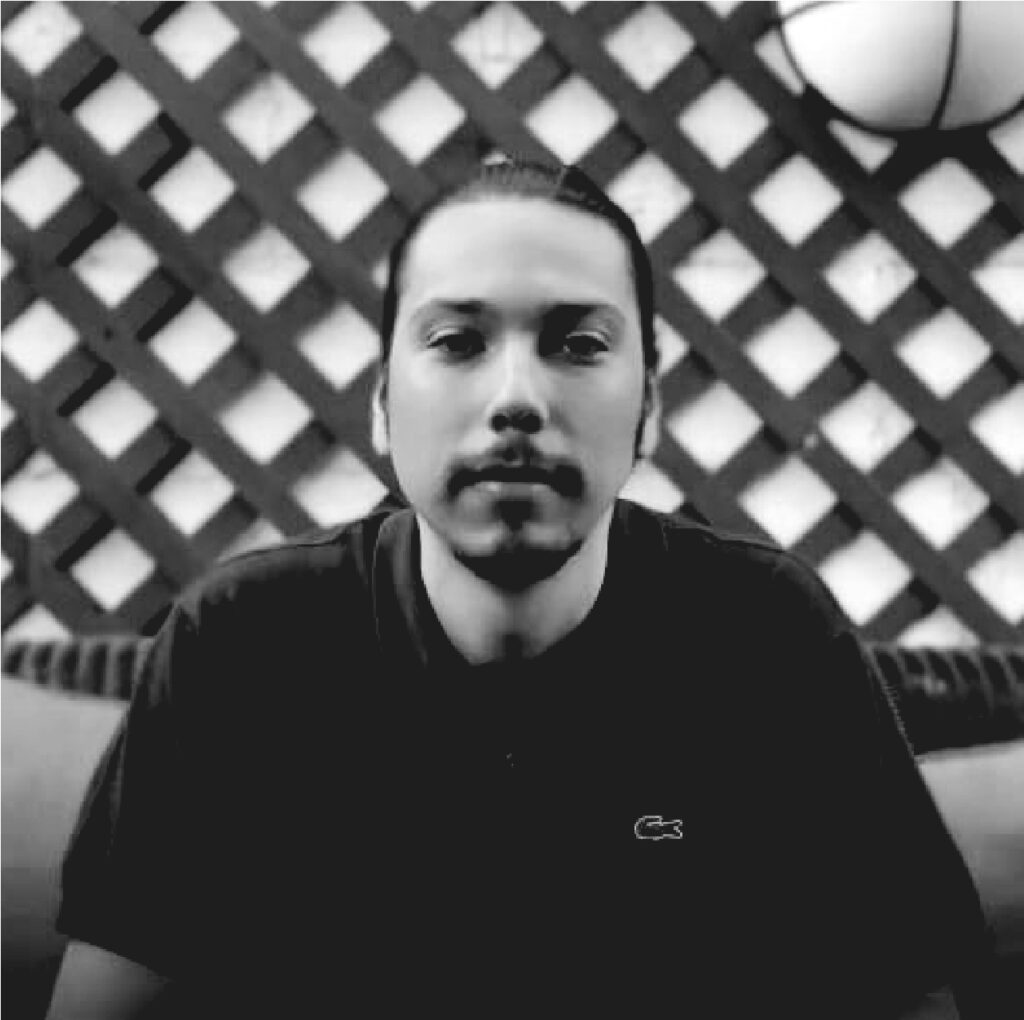
Gino Sepulveda
East Los Angeles College
Professor: D. Michael Hamner
Passage through space is considered highly throughout the design process of this project, how visitors interact with the space and how they can be rewarded. The main reward is being greeted with captivating scenery on arrival, but further exploration of the space allows one to discover other visuals in juxtaposition with space, such as discreet subterranean areas for artwork and exhibits. In contrast, other more public areas can coexist with the outdoors, allowing live music, performances, and workshops for the community. Overall, these discoveries begin with the path itself, which is presented alongside the public right-of-way outside the building envelope. The path being the only organic entity in the design which flows from outside through the building space ending as an overlapping layer.
El Camino a Vista
Context
The site and subsequent program are in partnership with the new 6th Street Viaduct. As presented by Michael Maltzan, the Viaduct will provide the community of Boyle Heights with more than just a Bridge. This historic route will allow the Bridge to offer a “Community Space” for cultural and social events. The project site is located on the south side of Whittier Blvd, between the 5 Freeway and 101 Freeway at the threshold of the 6th Street Viaduct (where Whittier Blvd. becomes 6th Street). The site is not an actual parcel, it is a part of the Caltrans property that makes-up easements for the “Freeways.” Therefore, the only access will be from Whittier Blvd./6th Street. That said, it is a prime opportunity to develop a facility to coexist with the Viaduct and support the Cultural and Social events of Boyle Heights.

Design
“El Camino a Vista” in Spanish means the pathway to view. Beginning with site visits, contextual understanding, and analysis. The site’s prime location was a critical component that stood out, offering a captivating view of the bridge expanding and fading into the Downtown Los Angeles skyline. A gesture filling the gap between communities, but ideally, the orientation of Boyle Heights facing Downtown in prosperity. From this crucial element began vertical-horizontal organization and its relationship to its vigorous topography.
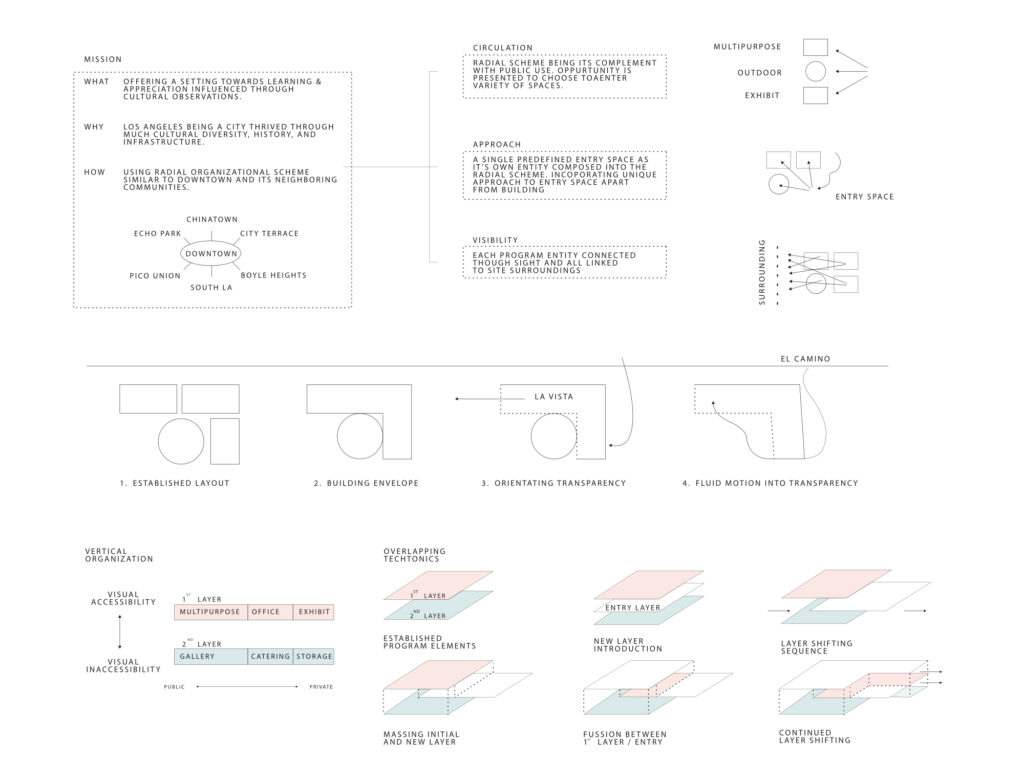
A Horizontal layout is composed of a radial scheme influenced by Downtown or the center of Los Angeles and its neighboring communities. This scheme offers the visitor many opportunities to choose which space to explore and gather knowledge. A vertical organization composed of multiple levels or “layers” offers diverse spatial relationships within program elements (such as the bottom layer acting as a more discrete noiseless space for visual observation such as art or photography.) Lastly, the significant vista, the building approach, and the site’s orientation were highly considered and planned.
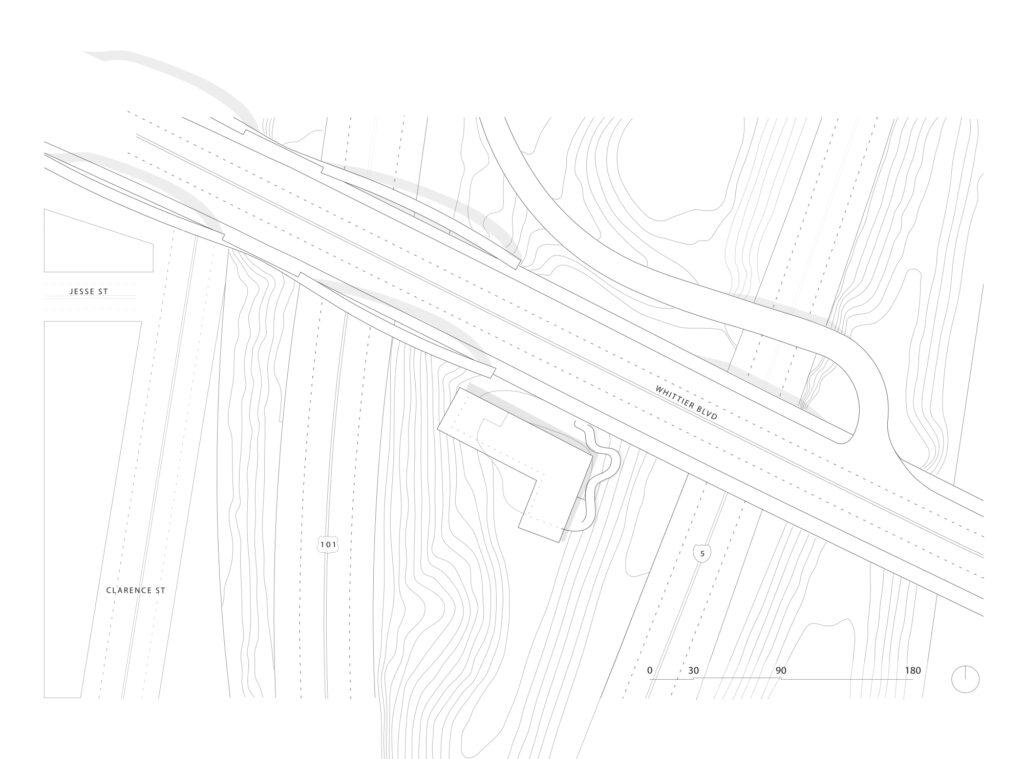
The building facade that faces the street or public right-of-way is opaque due to the approach design element, which allows the user to follow a free-formed organic path into the entrance. Only when the visitor steps inside are they greeted with the grand view. Thus, this opposite side would be composed mainly of transparency to offer every guest the best possible perspectives.
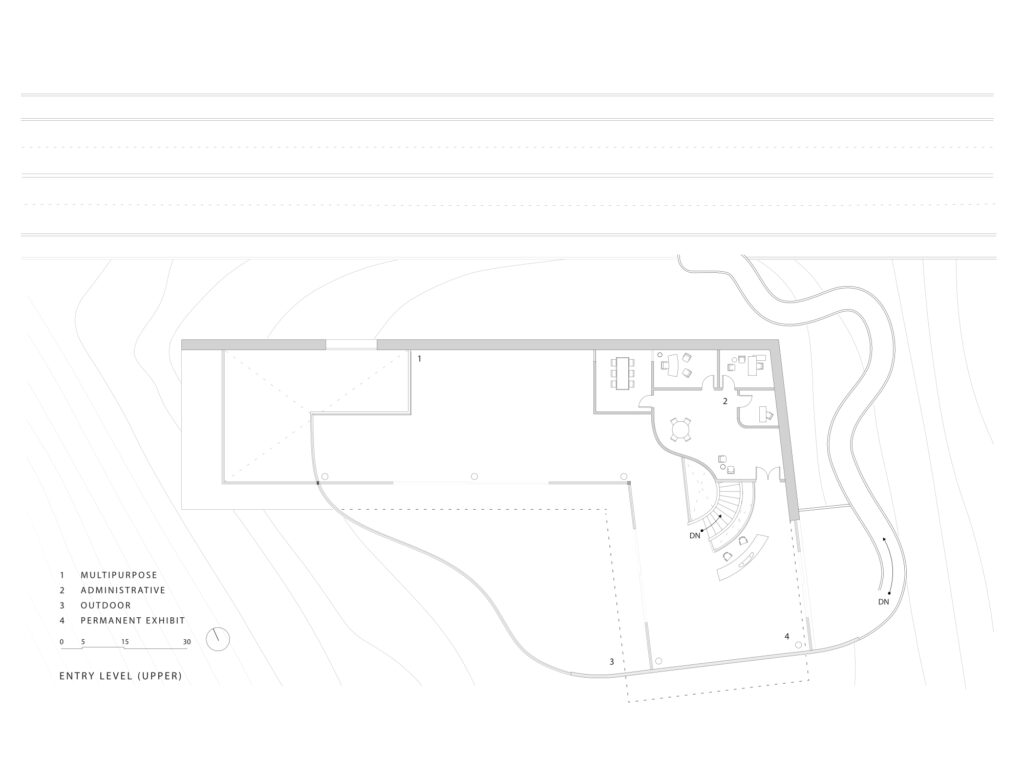
Goals
To create a “Local” (Boyle Heights) Culture and Social Arts Gallery or Community Center with a flexible program of approximately 10,000 sq. The design needs to reflect programmatic component forces or architectural formations (identified below). The building’s location, orientation, form, and character are a by-product of the contextual inter-relationship with its surrounding, regional forces, and social influences. The design should support those opportunities and will stand alone to provide a “Place” for the community of Boyle Heights to showcase, share its history and culture, and invite other communities to engage and teach.
